In the latest Beat Dissected, we create a bold, in-your-face house beat with a contemporary sound.
Beat Dissected is a regular series in which we deconstruct drum patterns, showing you how to program them in any DAW. Just copy our grid in your own software to recreate the loop.
Here’s the beat we’re building today:
Spec
Tempo
123-128 BPMSwing
55-65%Sounds
Various Drum Machine SamplesStep 1
For the kick, we’ve chosen a heavy sample with a lot of low end and a hint of saturation to add grit. The transient in particular is dirtier than you might expect from some of the cleaner, more polished house production styles. This gives the kick a hard, raw feel. We’ve used Fabfilter Pro-Q 2 to make some extensive cuts to our sample, just to tone it down a little and pull back on some of the more dominant frequencies. This is such a big kick sample that we need to make space for other elements.
The pattern is a simple four-to-the-floor which sets the foundation of the groove.
Step 2
For the clap, we’ve used a sample from the Boss DR-110, an analogue drum machine from the early 80s. Any analogue clap would work well here – 808 or 909 samples would be effective.
For processing, we’ve rolled off some of the low end from about 550 Hz to avoid clashing with the kick, added a plate reverb for extra depth, and then topped off the processing with Fabfilter’s Saturn plugin for grit and to help emphasise the high end.
The pattern is again as simple as it comes, triggering on the second and fourth beat of each bar.
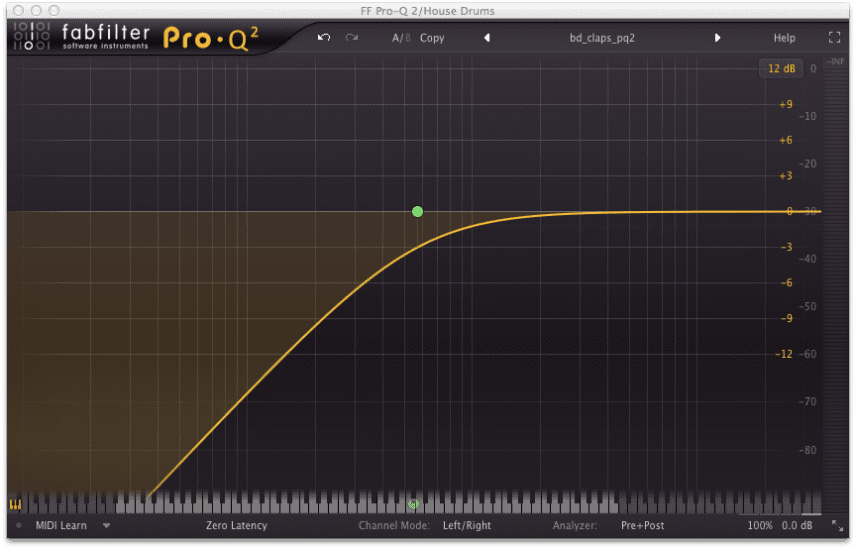
Step 3
For the hats, we’ve layered samples to create two distinct sounds. One has a particular percussive character that gives it body and weight, while the other fills in the high end of the frequency range and has a longer release.
For processing we’ve cut off the low frequencies and boosted the high end by a couple of decibels. TriTone’s ColorTone plugin is also used to help boost the high end while knocking back the bottom end a little.
The pattern is mainly based around off-beat hits with ghost hits to help add a jacking feel to the beat. At this stage you can adjust the swing setting of your DAW to find the right kind of groove. Somewhere between 55% and 65% should work nicely.
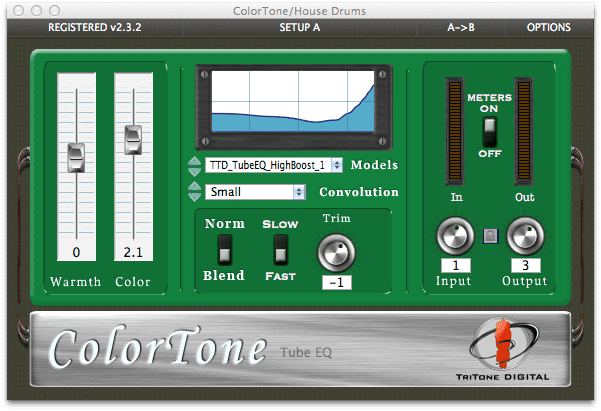
Step 4
The snare in this beat plays a single hit right at the end of each bar, again emphasising the swing and helping suck the groove into the next bar. Almost any kind of snare sound can work well here, so long as the decay isn’t too long. Try experimenting with samples of live drum hits for an interesting character.
Once again, we’ve used Saturn to help emphasise the mids and make the snare stand out a little from the rest of the mix.
Step 5
For the percussion element, we’ve used a tom sample taken from an Alesis DM5 electronic drum kit. We’ve tuned it down and also created a second version of the sample from the same percussion hit and reversed it. The pattern is tribal inspired with the reverse hit coming in to keep the beat interesting. The pattern is tribal-inspired, with the reverse hit coming in just once per bar to keep the beat interesting.
For processing we’ve used ColorTone to help shape the bottom end, while Pro-Q 2 helps to cut out some of the sub-bass from around 40 Hz and also boosted at around 4 kHz to increase the presence of the perc. At the end of the chain we’ve added Soundtoys’ Little Radiator for extra grit and drive.
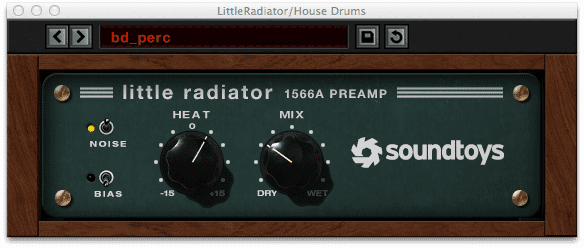
Step 6
Finally, we’ll add a vocal shout. For this sound we’ve chopped up a section of an old spoken word sample in order to create a short, percussive hit. We’ve added a little plate reverb just to give the sound some depth.
The vocal hit fills a gap in between the percussive hits. Despite the fact that we’ve used seven separate elements in this beat, note that there are rarely more than two or three hits triggering on any particular 16th-note step. This helps to avoid making the mix too cluttered. The result is a big, bold sound.
With each element so heavily processed throughout the creation of the beat, there’s not much need for any additional processing at this point, although as always an SSL-style bus compressor can work nicely just to help tie everything together.
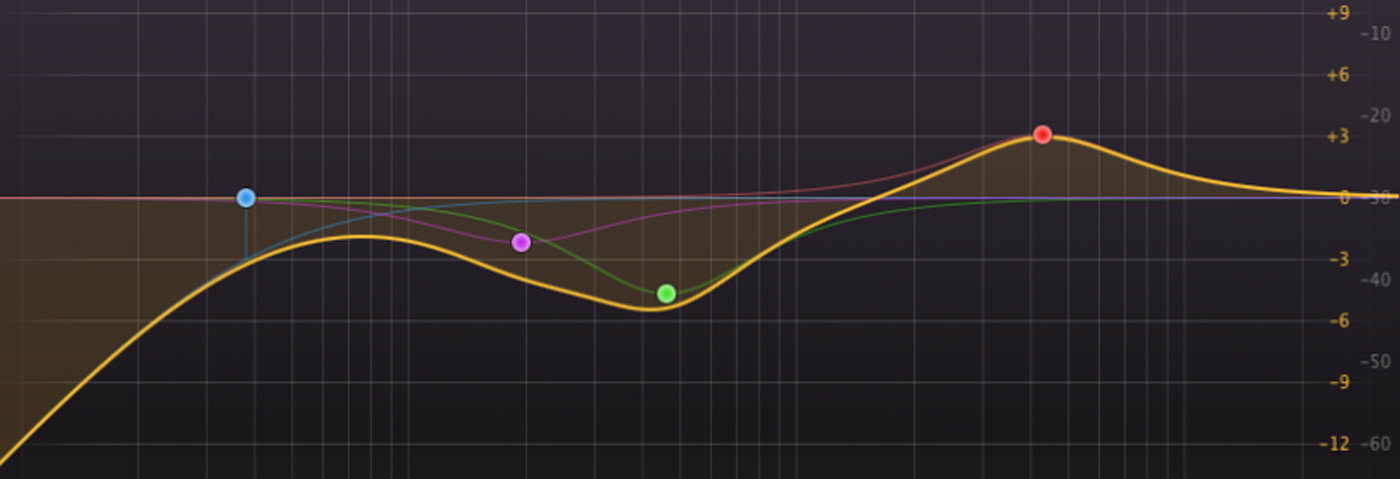

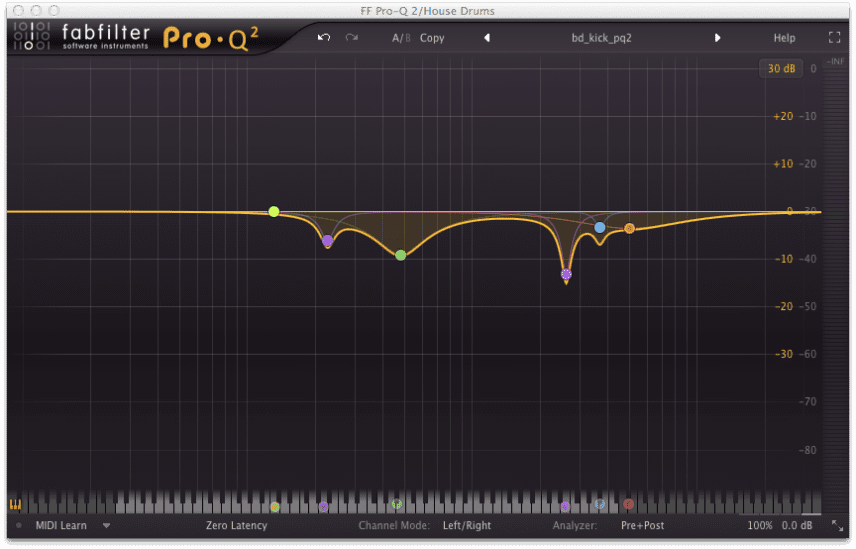

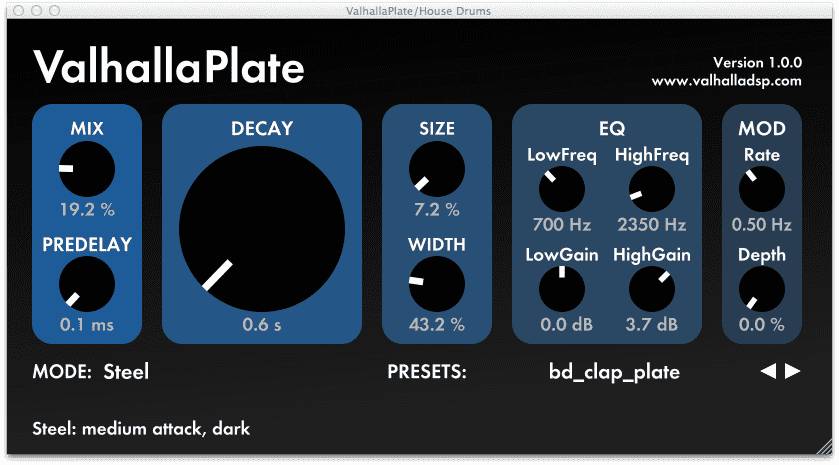
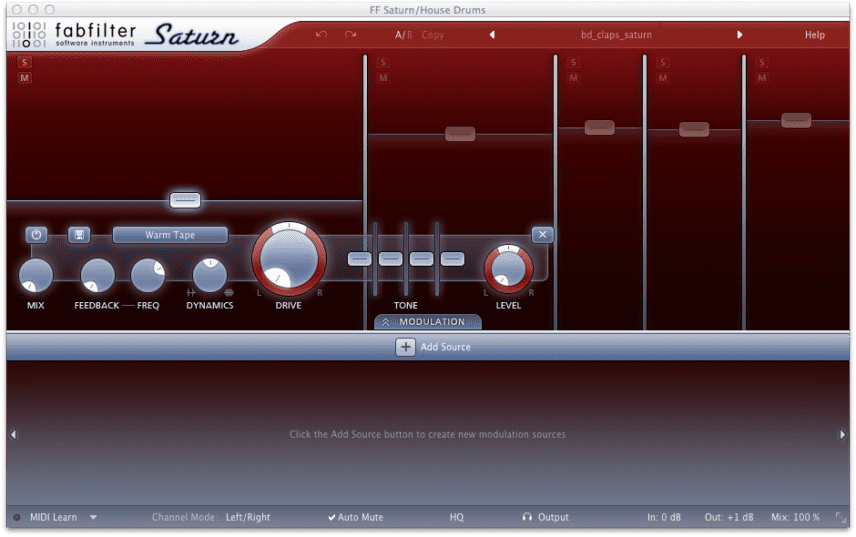

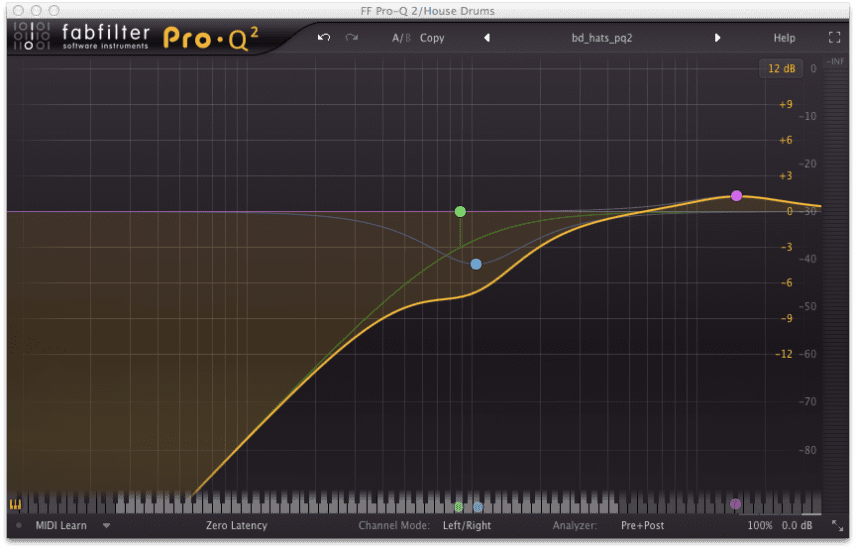

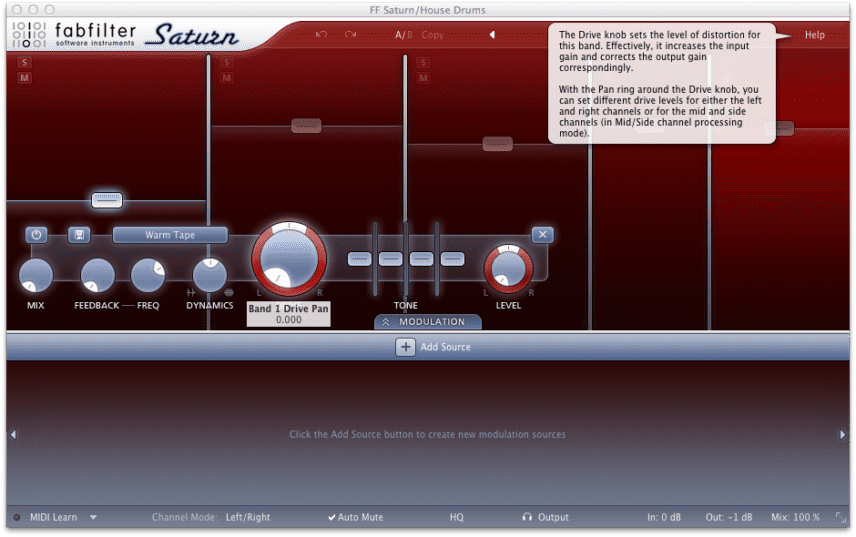


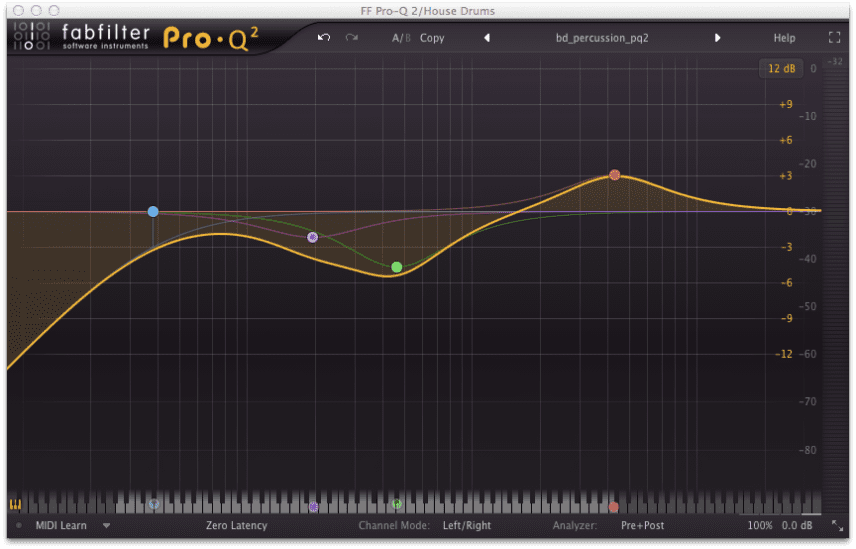

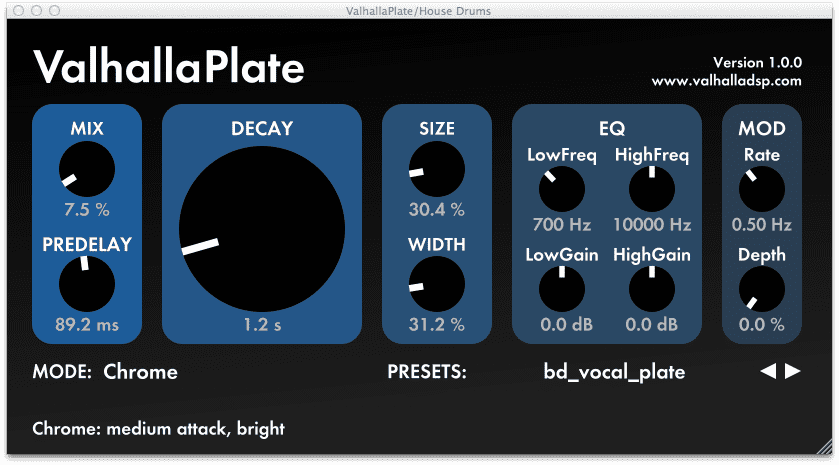
11.26 AM
Where’s the pryda? :p
01.26 PM
Hey, great auto but would terrific if you could provide the demos in MIDI at the end…
06.14 AM
Great breakdown!! Looking forward to trying it out myself 🙂